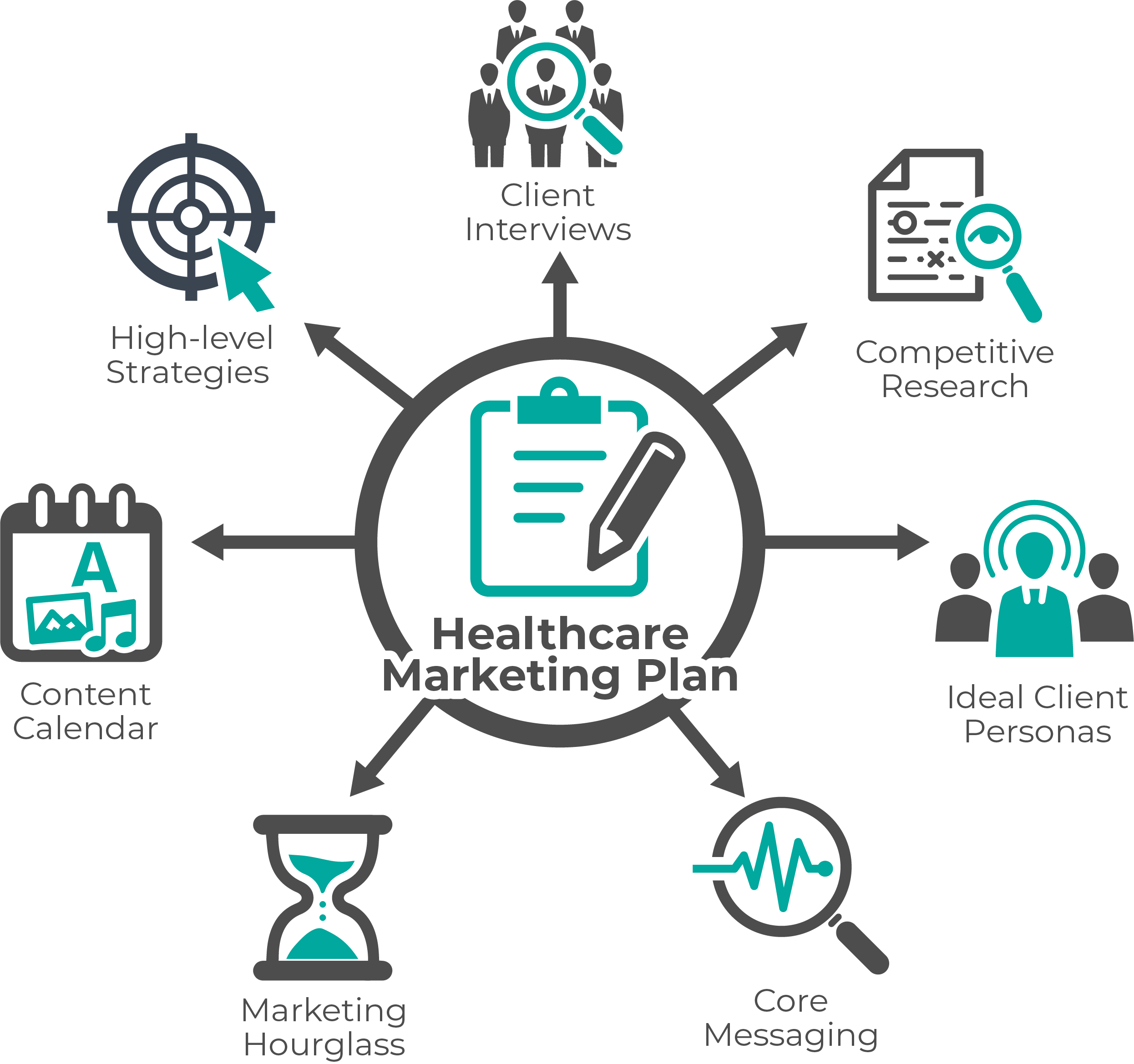
In today's competitive healthcare landscape, having a robust marketing plan is essential for healthcare organizations to stand out from the crowd and attract patients. A well-thought-out marketing strategy can help healthcare providers reach their target audience, build brand awareness, and ultimately drive patient volume. This article will explore the key components of effective healthcare marketing plans that can help organizations gain a competitive edge and achieve their desired results.
The Importance of a Strategic Healthcare Marketing Plan
A strategic healthcare marketing plan is crucial for organizations looking to differentiate themselves in a crowded market and attract more patients. It serves as a roadmap that outlines the organization's marketing goals, target audience, key messages, and tactics to achieve those goals. Here are some reasons why having a strategic healthcare marketing plan is essential:
- Helps organizations identify their target audience and understand their needs and preferences.
- Allows organizations to differentiate themselves from competitors and highlight their unique value proposition.
- Provides a framework for measuring the effectiveness of marketing efforts and making adjustments as needed.
- Ensures that marketing activities are aligned with the organization's overall business objectives.
Key Components of an Effective Healthcare Marketing Plan
1. Market Research and Analysis
Before developing a healthcare marketing plan, organizations need to conduct thorough market research to understand the competitive landscape, target audience demographics, and market trends. This information will help organizations identify opportunities for growth and develop strategies to capitalize on them.
2. Clear Goals and Objectives
Setting clear and measurable goals is essential for tracking the success of a healthcare marketing plan. Organizations should establish specific objectives, such as increasing patient volume, improving brand awareness, or launching a new service line, and outline the key performance indicators (KPIs) that will be used to evaluate success.
3. Target Audience Identification
Understanding the target audience is critical for creating personalized and relevant marketing messages that resonate with patients. Organizations should segment their audience based on factors such as demographics, psychographics, and behavior to ensure that marketing efforts are tailored to the specific needs and preferences of different patient groups.
4. Brand Positioning and Messaging
Organizations should clearly define their brand positioning and messaging to communicate what sets them apart from competitors and why patients should choose their services. Consistent messaging across all marketing channels helps build brand recognition and trust among patients.
5. Multi-Channel Marketing Strategy
Effective healthcare marketing plans leverage a mix of online and offline channels to reach patients where they are most active. From social media and email marketing to traditional advertising and community events, organizations should develop a multi-channel marketing strategy that engages patients at every touchpoint.
Implementing and Evaluating Healthcare Marketing Plans
Once a healthcare marketing plan is developed, it is essential to implement the strategies outlined and continually evaluate the plan's effectiveness to make necessary adjustments. Here are some key steps for implementing and evaluating a healthcare marketing plan:
1. Implementation
- Assign responsibilities and timelines for executing marketing strategies.
- Monitor the progress of marketing activities and ensure they are aligned with the plan's objectives.
- Continuously optimize marketing tactics based on performance data and feedback.
2. Evaluation
- Regularly track KPIs and metrics to measure the success of the marketing plan.
- Solicit feedback from patients and staff to identify areas for improvement.
- Conduct market research periodically to stay informed about changes in the competitive landscape and patient preferences.
Conclusion
Creating a competitive edge in the healthcare industry requires a strategic and well-executed marketing plan that aligns with the organization's goals and resonates with the target audience. By conducting thorough market research, setting clear goals, identifying the target audience, defining brand positioning, and implementing a multi-channel marketing strategy, healthcare organizations can differentiate themselves and achieve their desired results. Continuous evaluation and optimization of the marketing plan are essential to staying ahead of the competition and driving long-term success in the healthcare market.